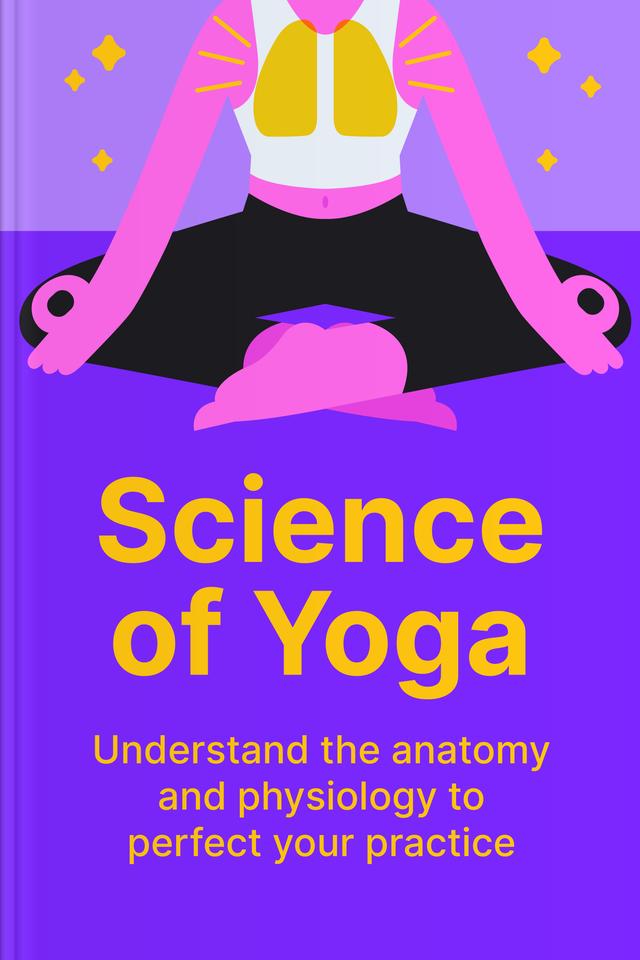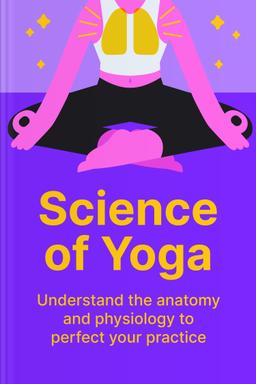You’ll learn
- The hidden link between breath and heart health
- Why yoga might be the key to weight loss
- Asanas that fortify back health and fertility
- Secrets behind yoga's boost to immune health
russia has launched a full-scale war in Ukraine. Donate to support Ukraine and protect the world’s peace.

first KEY POINT
Thinking about the benefits of yoga, we believe that it affects only our musculoskeletal system. As it turns out, yoga is much more than that, since it influences all the body, including the brain. People who do yoga are more likely to have a normal level of serotonin, a hormone responsible for our mood. This ancient practice also helps to reduce the level of cortisol, a stress hormone. In general, yoga improves the health of our neurons, making us function and feel better.Our brain grows new connections throughout our lives, and these connections help us maintain good intellectual shape. Research has proven that yoga practices positively influence the hippocampus, a part of the brain that develops new links between neurons. That’s how we get improved memory after exercise.Yoga has also been noticed to affect human metabolism. Since you become calmer after the exercises and meditation, your thyroid, responsible for metabolism regulation, slows it down a bit. That’s how your body will be able to process more useful substances with less product consumption. As a result, yoga can help you lose weight.
Breathing plays an important role in yoga as well. Yogis believe that by exercising pranayama, regulating your inhales and exhales, people become more relaxed and focused. They pay special attention to extended exhalation since, when a person exhales, their heart is more relaxed than during inhalation.This summary will help you learn more about the influence of yoga practices on your body and mind. You are holding the key to stress reduction and improved health.Did you know? Our skeleton contains 206 bones.
second KEY POINT
What if someone told you that yoga could even improve your immune response to diseases? Of course, it doesn’t mean that you won’t need to visit a doctor and take medicine as per their prescriptions; yoga isn’t a universal pill. But what it can do is reduce inflammation in your body. When we get sick, our body produces cytokines, proteins that signal about germs in our organism, making the immune system respond immediately. However, an abundance of cytokines may cause chronic inflammation. So, it’s nice to have a yoga mat at home to take control over your cytokines now and then.As mentioned above, not all focus in yoga practices is on exercising. Apart from pranayama techniques, pay attention to so-called belly breathing. But don’t be deluded by its name — you don’t need to breathe in your belly. Using this approach, you let your belly move while inhaling to make more space for the diaphragm, a muscle below the lungs that expands the chest.Filling your blood with more oxygen through the proper breathing techniques will help your heart function better. Yoga is known for improving your heart rate variability (HRV) and lowering blood pressure. Since many people suffer from hypertension — heightened blood pressure — yoga allows them to take care of their cardiovascular system without much investment. However, you should consult your doctor before getting involved in specific physical activities.

Continue reading with Headway app
Continue readingfirst KEY POINT
second KEY POINT
third KEY POINT
fourth KEY POINT
fifth KEY POINT